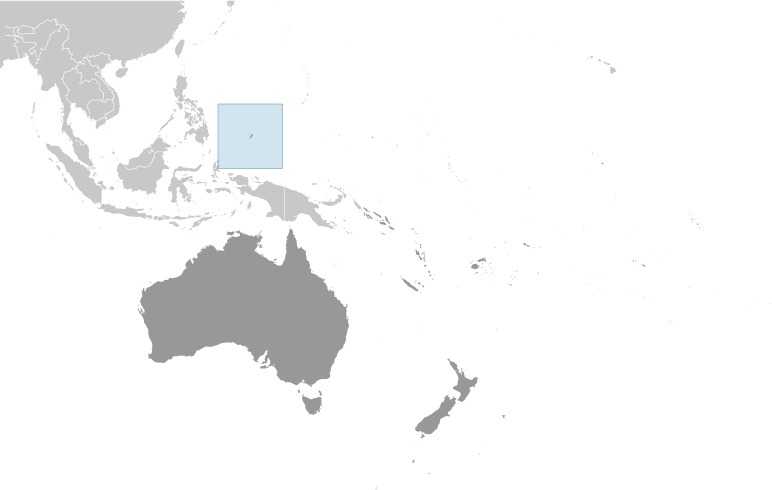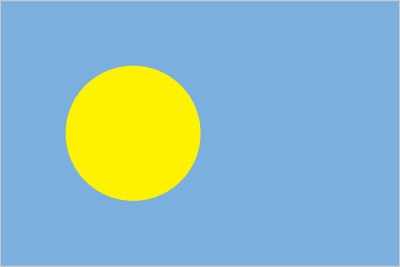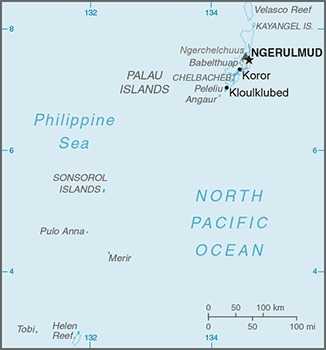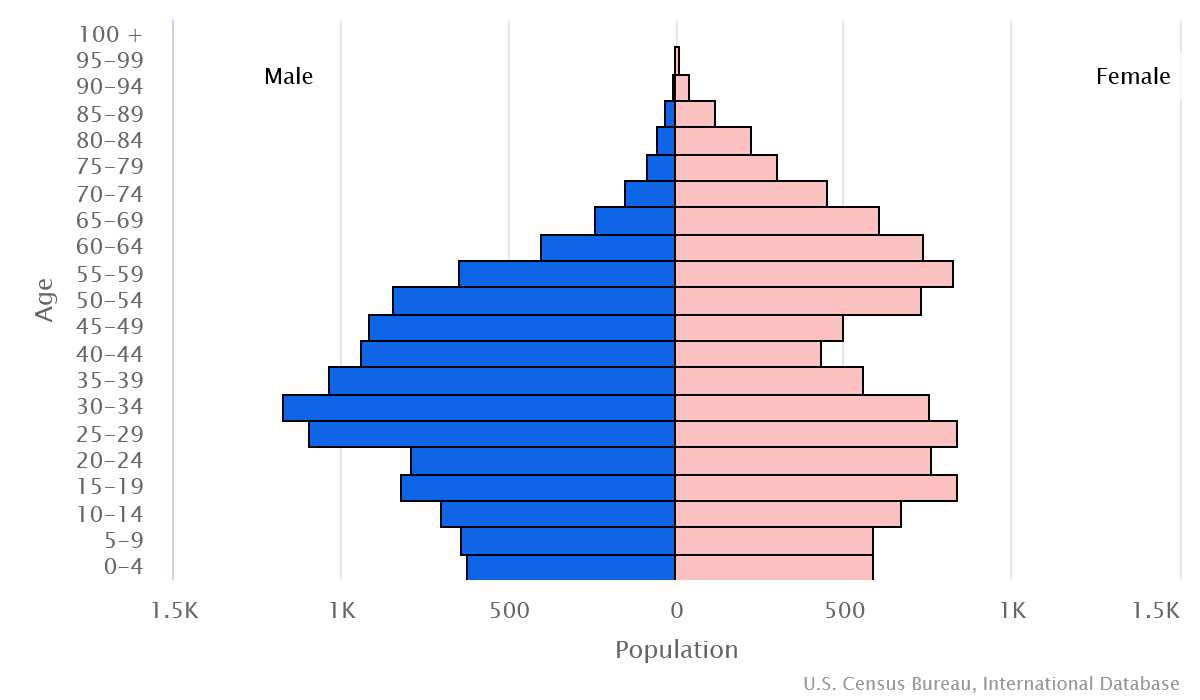Introduction
Background
After three decades as part of the UN Trust Territory of the Pacific under US administration, this westernmost cluster of the Caroline Islands opted not to join the Federated States of Micronesia in 1978. A Compact of Free Association with the US was approved in 1986 but not ratified until 1993, entering into force the next year.
Geography
Area
total: 459 sq km
land: 459 sq km
water: 0 sq km
Climate
tropical; hot and humid; wet season May to November
Natural resources
forests, minerals (especially gold), marine products, deep-seabed minerals
People and Society
Population
total: 21,864
male: 11,235
female: 10,629 (2024 est.)
Ethnic groups
Palauan (Micronesian with Malayan and Melanesian admixtures) 70.6%, Carolinian 1.2%, Asian 26.5%, other 1.7% (2020 est.)
Languages
Palauan (official on most islands) 65.2%, other Micronesian 1.9%, English (official) 19.1%, Filipino 9.9%, Chinese 1.2%, other 2.8% (2015 est.)
Religions
Roman Catholic 46.9%, Protestant 30.9% (Evangelical 24.6%, Seventh Day Adventist 5%, other Protestant 1.4%), Modekngei 5.1% (indigenous to Palau), Muslim 4.9%, other 12.3% (2020 est.)
Population growth rate
0.38% (2024 est.)
Government
Government type
presidential republic in free association with the US
Capital
name: Ngerulmud
Executive branch
chief of state: President Surangel WHIPPS Jr. (since 21 January 2021); Vice President Jerrlyn Uduch Sengebau SENIOR (since 21 January 2021); note - the president is both chief of state and head of government
head of government: President Surangel WHIPPS Jr. (since 21 January 2021); Vice President Jerrlyn Uduch Sengebau SENIOR (since 21 January 2021)
Legislative branch
description: bicameral National Congress or Olbiil Era Kelulau consists of:
Senate (13 seats; members directly elected in single-seat constituencies by majority vote to serve 4-year terms)
House of Delegates (16 seats; members directly elected in single-seat constituencies by simple majority vote to serve 4-year terms)
Economy
Economic overview
high-income Pacific island economy; environmentally fragile; subsistence agriculture and fishing industries; US aid reliance; rebounding post-pandemic tourism industry and services sector; very high living standard and low unemployment
Real GDP (purchasing power parity)
$254.367 million (2021 est.)
$294.823 million (2020 est.)
$318.898 million (2019 est.)
Real GDP per capita
$14,100 (2021 est.)
$16,400 (2020 est.)
$17,800 (2019 est.)
Agricultural products
coconuts, cassava (manioc, tapioca), sweet potatoes; fish, pigs, chickens, eggs, bananas, papaya, breadfruit, calamansi, soursop, Polynesian chestnuts, Polynesian almonds, mangoes, taro, guava, beans, cucumbers, squash/pumpkins (various), eggplant, green onions, kangkong (watercress), cabbages (various), radishes, betel nuts, melons, peppers, noni, okra
Industries
tourism, fishing, subsistence agriculture
Exports
$24.48 million (2022 est.)
$10.566 million (2021 est.)
$52.897 million (2020 est.)
Exports - partners
Greece 27%, Japan 26%, France 18%, Taiwan 8%, US 7% (2022)
Exports - commodities
ships, computers, machine parts, scrap iron, fish (2022)
Imports
$216.681 million (2022 est.)
$169.938 million (2021 est.)
$207.224 million (2020 est.)
Imports - partners
China 35%, US 14%, South Korea 13%, Japan 8%, Italy 6% (2022)
Imports - commodities
ships, refined petroleum, iron structures, plastic products, electric batteries (2022)
Page last updated: Wednesday, May 15, 2024




